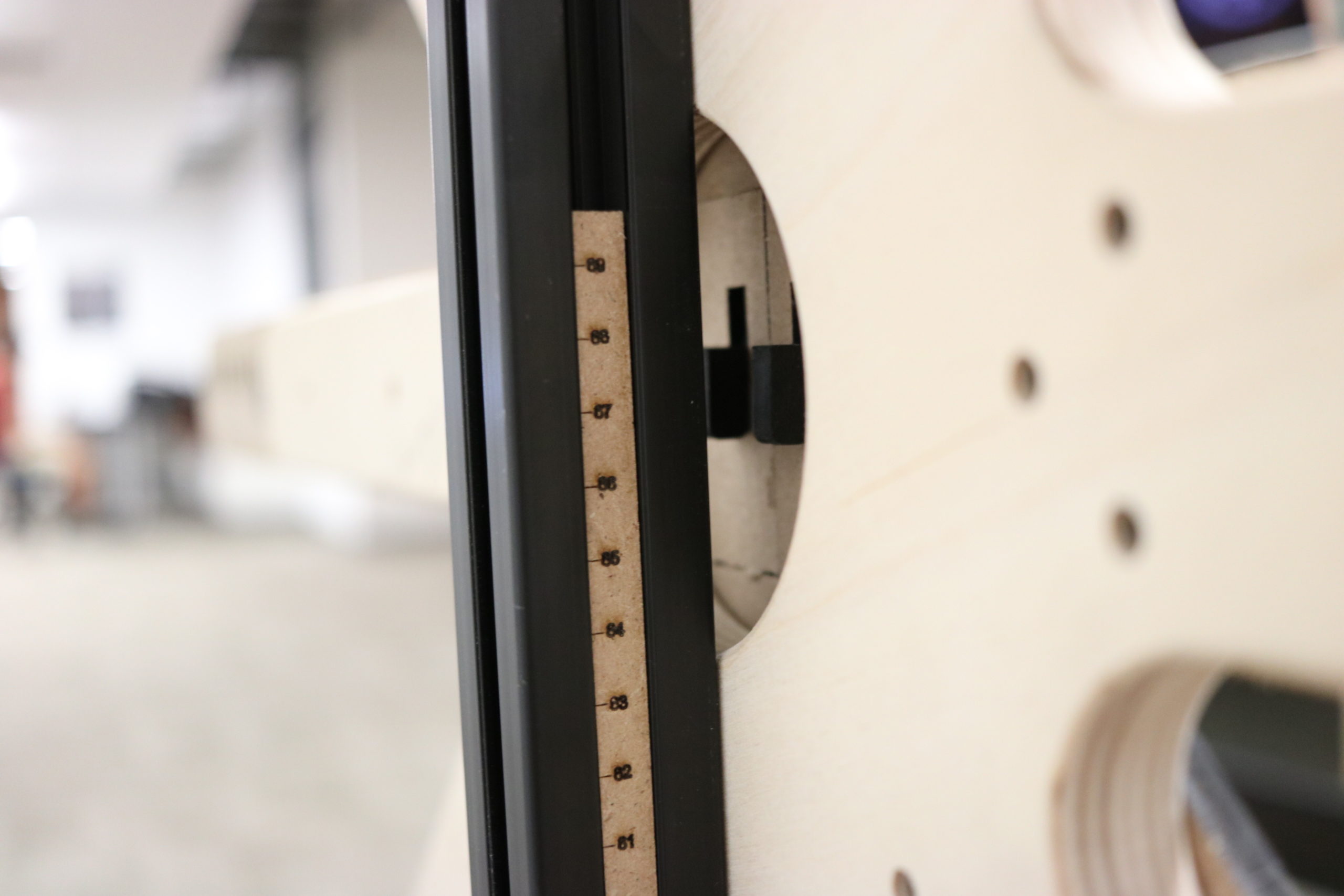An adjustable motion guide for testing the mobility of stroke patients
Role: Fabrication Lead | Timeframe: 6 weeks | Year: 2018

Problem: How might we track the mobility of recovering stroke victims over time?
Approach: The goal for IHITS was to create an apparatus that allows for a repeatable yet adjustable set of exercises that can be tracked by a digital imaging setup from several angles at the University of Pittsburgh's Rehab Neural Engineering Lab. The lab had a system in place for tracking motion with computer vision and needed a way to ensure that the motions tracked would be consistent across case studies.

Solution: I designed the backbone of the apparatus, affectionately known as Supportopus for its octopus-like eight limbs. Supportopus is designed to conserve material and space while keeping the important target degrees intact. The face of the apparatus has a series of holes that allow the researchers to interchange the specific exercise guides so the computer vision software can easily understand where each motion is occurring. For the exercise guides, my team and I designed a simple white target design to guide pointing motions, a turnable doorknob to guide the turning motion, and a steady shelf to guide the taking/replacing a can motion. I fabricated a large and small setup for the near and far range tests, to be interchanged as necessary. I also designed and assembled the moving 80-20 skeleton to allow for further customizations based on the length of the subject's arms and how low the subject sits in front of this apparatus. I led the CAD file creation and digital fabrication for this project. This was my first deep dive into digital fabrication. I learned to use laser cutters, CNC routers, and hand routers as well as how to effectively design files for these machines.


IHITS is currently in use with stroke patients at the University of Pittsburgh's Rehab Neural Engineering Lab. It represents the first XProjects success; a student-led design firm that links student teams with real world clients for hands on design learning experiences. Conceived as an idea by one of my professors, I, along with two other students, designed and brought into existence the XProjects curriculum which now functions as a credit-granting experience.
